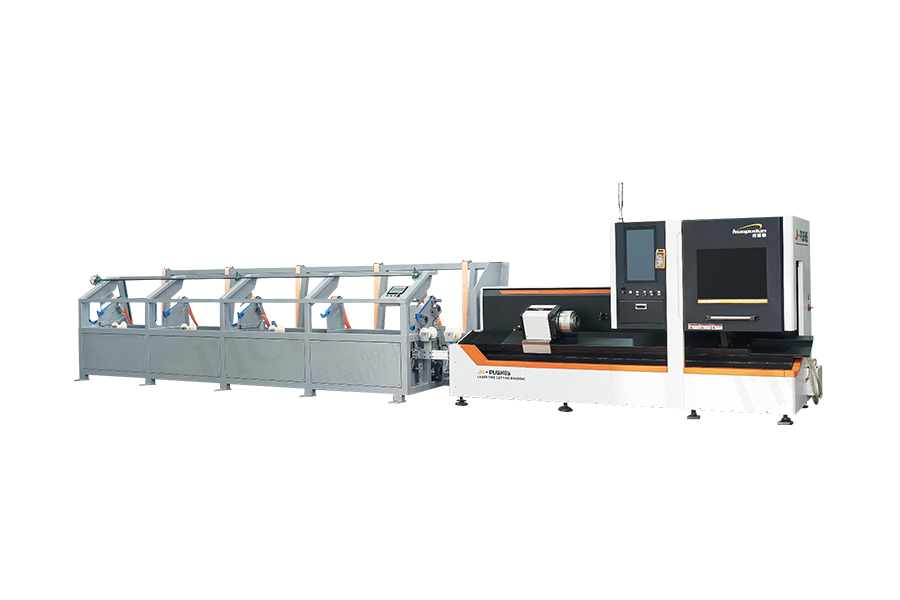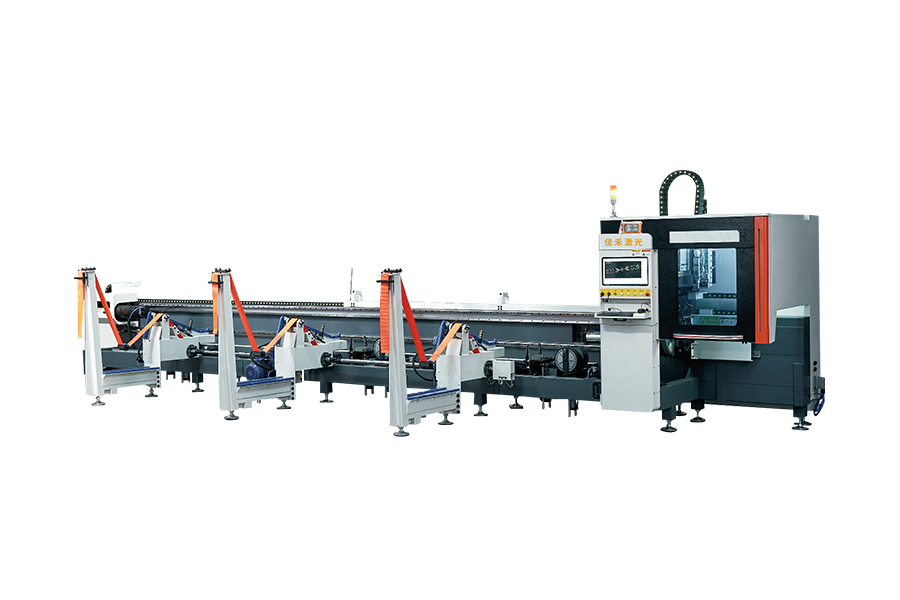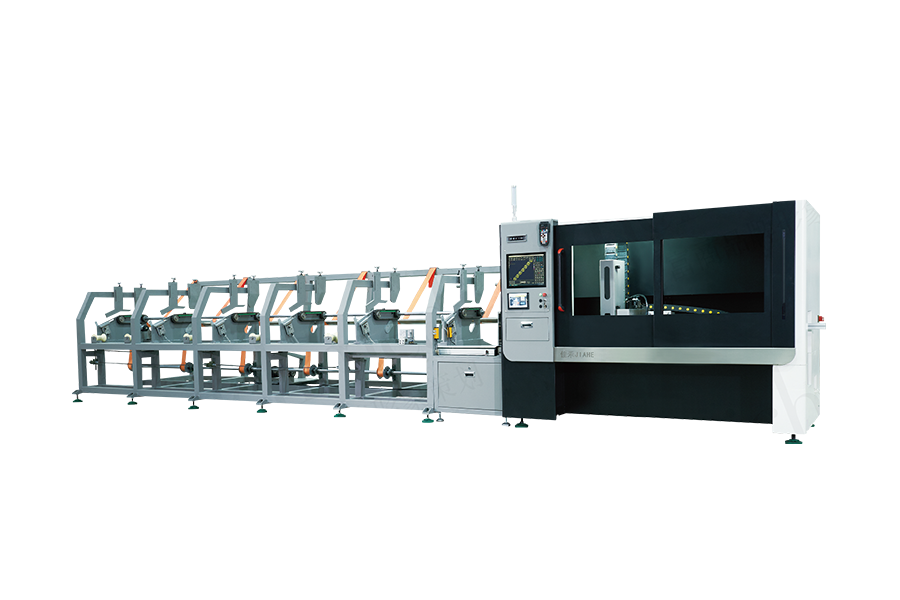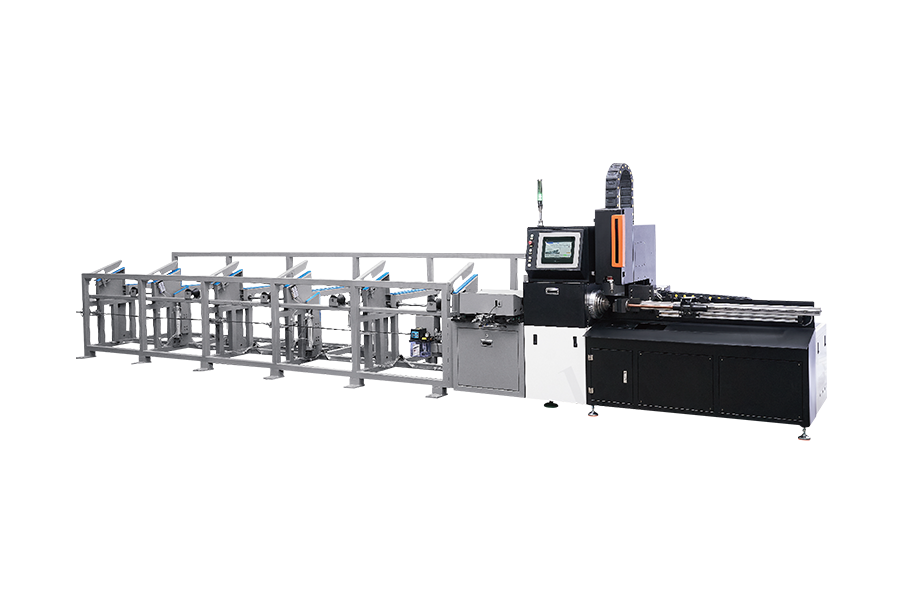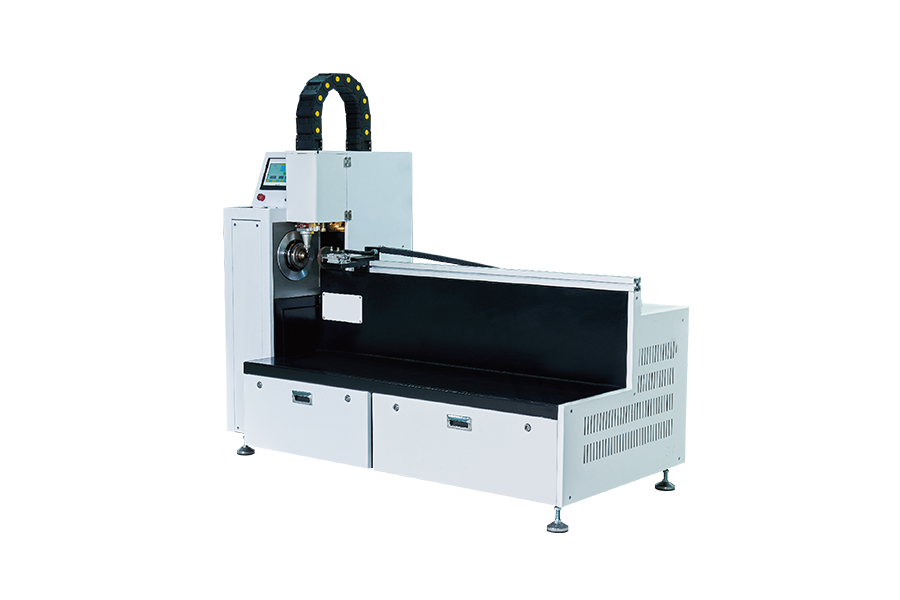Professional R&D, production, sales and after-sales integration.
We have many years of experience in R&D of automation technology and laser technology
In modern fabrication workshops, the role of precise cutting tools has become increasingly significant. The CNC Pipe Laser Cutting Machine has emerged as a central technology for shaping metal pipes with accuracy and consistency. By integrating computer numerical control with laser cutting technology, this machine allows manufacturers to achieve detailed and complex cuts that traditional methods often struggle to produce.
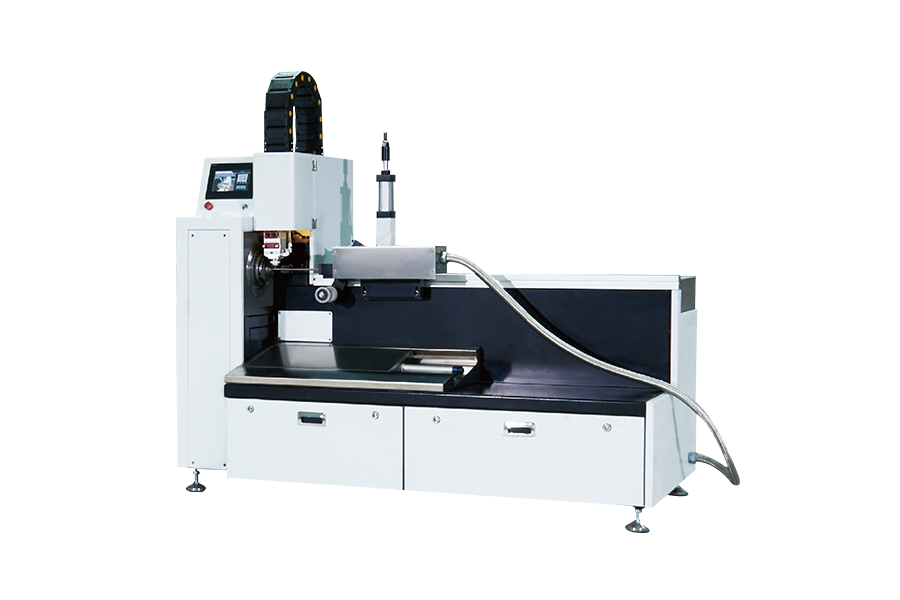
Enhancing Accuracy in Pipe Fabrication
The CNC Pipe Laser Cutting Machine offers a level of precision that significantly reduces material waste. Unlike manual processes, where errors can accumulate and require additional adjustments, the automation in this machine ensures consistent results. The system calculates exact cutting paths and executes them without deviation, making it suitable for applications that demand exact dimensions and smooth finishes. Furthermore, the machine’s ability to handle multiple pipe sizes and thicknesses adds flexibility to production lines.
At the same time, an Automatic Pipe Cutting Machine can complement laser cutting operations. While the CNC laser machine focuses on precise and intricate cuts, the automatic cutting system can handle repetitive tasks, such as straight cuts or batch processing. This combination allows fabrication facilities to maintain a steady workflow and reduce the reliance on manual intervention. The integration of these technologies contributes to overall operational efficiency.
Reducing Production Time
Time management is critical in fabrication environments. The CNC Pipe Laser Cutting Machine can operate continuously with small supervision, allowing operators to focus on setup and quality checks rather than repetitive cutting tasks. Automated features, such as programmable cutting sequences and automatic material feeding, decrease the need for frequent adjustments.
Similarly, an Automatic Pipe Cutting Machine helps maintain a smooth production rhythm. By performing standard cuts quickly and accurately, it reduces bottlenecks in workflow. When both systems are utilized in tandem, facilities can handle larger volumes of work without sacrificing precision, creating a balanced approach between speed and accuracy.
Versatility and Safety Benefits
Another advantage of the CNC Pipe Laser Cutting Machine is its versatility. It can process a range of pipe materials, including steel, aluminum, and copper, adapting to various industry requirements. The machine’s enclosed cutting environment and laser control also enhance workplace safety by less exposure to sparks and debris.
An Automatic Pipe Cutting Machine contributes to safety as well. By automating cutting tasks that previously required manual labor, the risk of accidents related to handling sharp tools is reduced. Combining safety features with automation creates a more controlled and secure production setting.
Supporting Complex Fabrication Needs
As fabrication demands evolve, the CNC Pipe Laser Cutting Machine supports intricate designs and customized projects that were once difficult to achieve. The precision of laser cutting allows for accurate angles, holes, and contours on pipes, meeting the specifications of advanced industrial applications.
In parallel, the Automatic Pipe Cutting Machine continues to provide a reliable solution for repetitive cutting tasks, ensuring that production capacity remains consistent. Together, these systems address both the complex and routine requirements of modern fabrication workflows, demonstrating how technology enhances operational capabilities.
The integration of a CNC Pipe Laser Cutting Machine and an Automatic Pipe Cutting Machine represents a significant step forward in pipe fabrication. By combining precise, programmable cutting with automated efficiency, workshops can maintain high-quality output while managing time and safety effectively. These technologies, working together, illustrate how modern machinery reshapes traditional metalworking practices, making fabrication more accurate and efficient.

 English
English 中文简体
中文简体 русский
русский